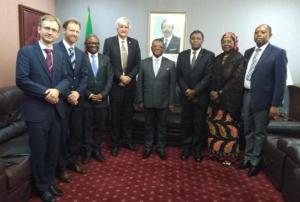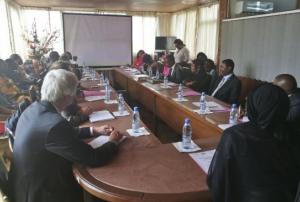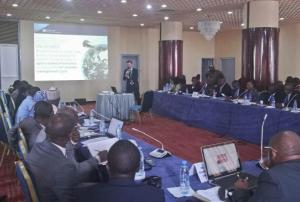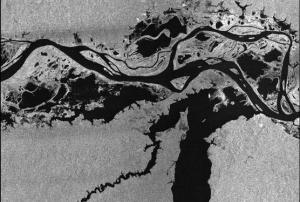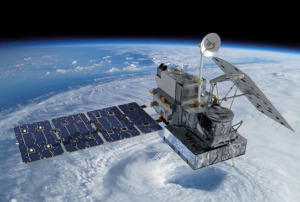Landslide
Definition
Facts and figures
Further information
UN-SPIDER Regional Support Offices with hazard-specific expertise
Related content on the Knowledge Portal
- The Cooperation Open Online Landslide Repository (COOLR) is an open platform where landslide reports can be shared and accessed in order to increase awareness as well as to improve scientific modelling and emergency response to landslides. The data includes citizen science landslide reports, Global Landslide Catalog data, and other landslide catalog data. It is visualized in the Landslide Viewer from where the data can be accessed, computed and exported.Publishing institution:
- Publishing institution:
- Publishing institution:
- Publishing institution:
Upon the request of the Ministry of Territorial Administration (MINAT), Government of Cameroon, UN-SPIDER carried out a week-long Institutional Strengthening Mission (ISM) to Yaoundé from 15 to 19 July. The mission aimed to strengthen the capacities of the Department of Civil Protection (DPC) of Cameroon in using space-based information in all phases of the disaster management cycle. It was the third UN-SPIDER mission to Cameroon after a Technical Advisory Mission (TAM) in 2011 and an Institutional Strengthening Mission (ISM) in 2012, the latter including a training course on “Remote Sensing for Disaster Management”.
During the mission, UN-SPIDER experts and an expert from its Nigeria Regional Support…
read more22/07/2019- Publishing institution:
- Fifth World Landslide Forum - Implementing and Monitoring the ISDR-ICL Sendai Partnerships 2015-2025
The International Consortium on Landslides (ICL) and the ISDR-ICL Sendai Partnerships 2015-2025 announce the 5th World Landslide Forum (WLF5) to be held November 2-6, 2020, in Kyoto Japan.
This Forum will include a mid-term review of the ISDR-ICL Sendai Partnerships, voluntary contribution to the Sendai Framework 2015-2030 and the Agenda 2030 – Sustainable Development Goals, especially Goal 11 "Make cities and human settlements inclusive, safe, resilient and sustainable".
Participants of the Fourth World Landslide Forum adopted the …
read more This webinar focuses on Flood History and - Risk as well as on Land Motion (subsidence), but related topics that will be touched upon are LU/LC and Change, Transport Infrastructure and Green Urban areas, as these are also relevant for assessing sustainability of cities with respect to Climate Resilience and Disaster Management. During the webinar use cases and applications of EO based solutions are demonstrated for several cities.
Five years ago, the National Aeronautics and Space Administration (NASA) and the Japan Aerospace Exploration Agency (JAXA) launched the Global Precipitation Measurement (GPM) Core Observatory as a joint satellite. Since then, the instruments on GPM have provided advanced measurements about rain and snow particles within clouds, Earth’s precipitation patterns, extreme weather and precipitation that affects communities around the world.
GPM was engineered to get data to scientists, operational and application users as soon as possible for societal benefits. It obtains data quickly using the Tracking and Data Relay Satellite (TDRS) 12-member satellite constellation, which serves as an information pipeline between Earth-orbiting satellites and NASA ground stations. On average, GPM can take one to three hours to get data into users’ hands, but in emergencies, the average delivery time can be shortened to between 15 and 90 minutes.
GPM’s main…
read more02/04/2019

